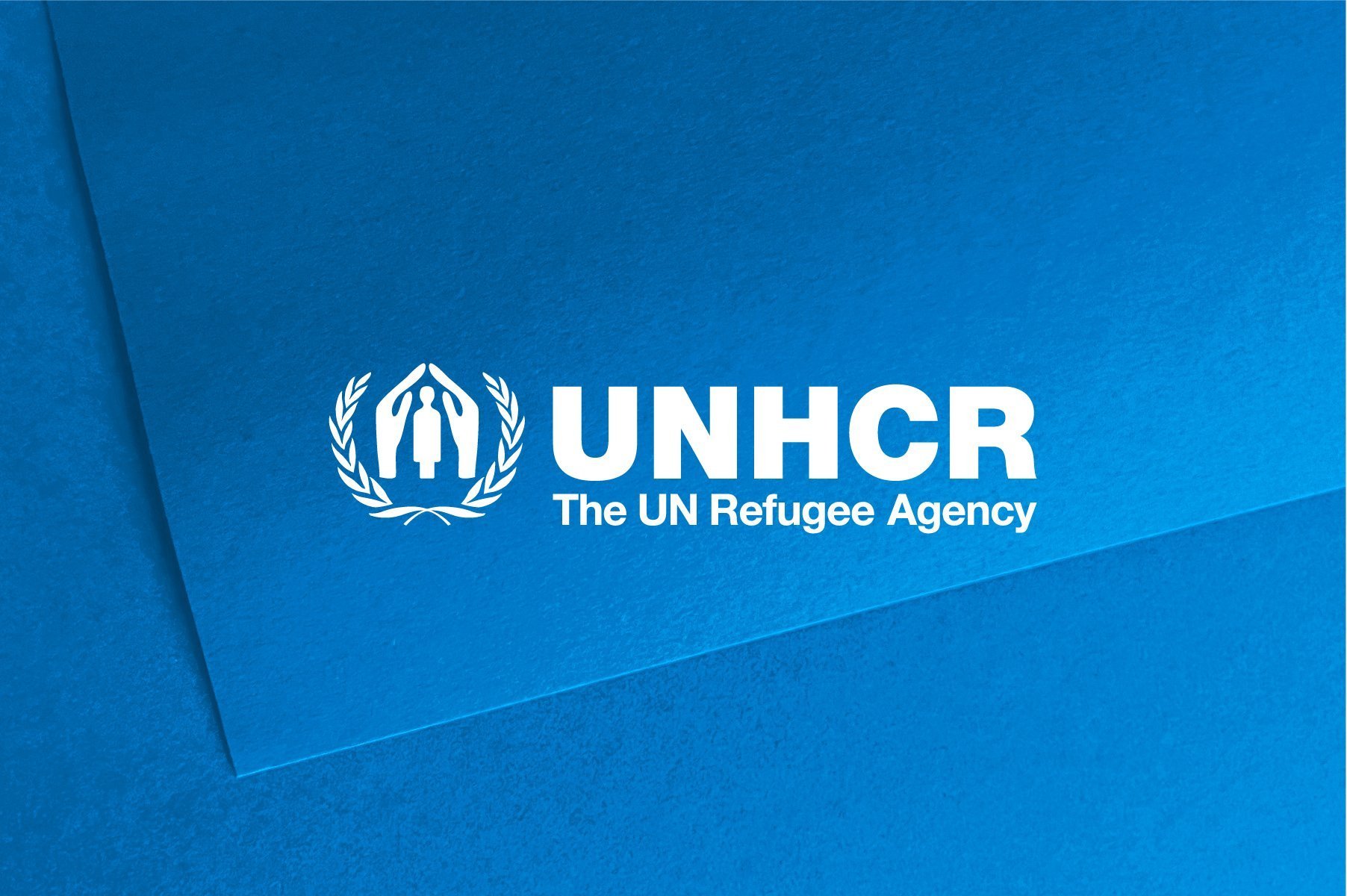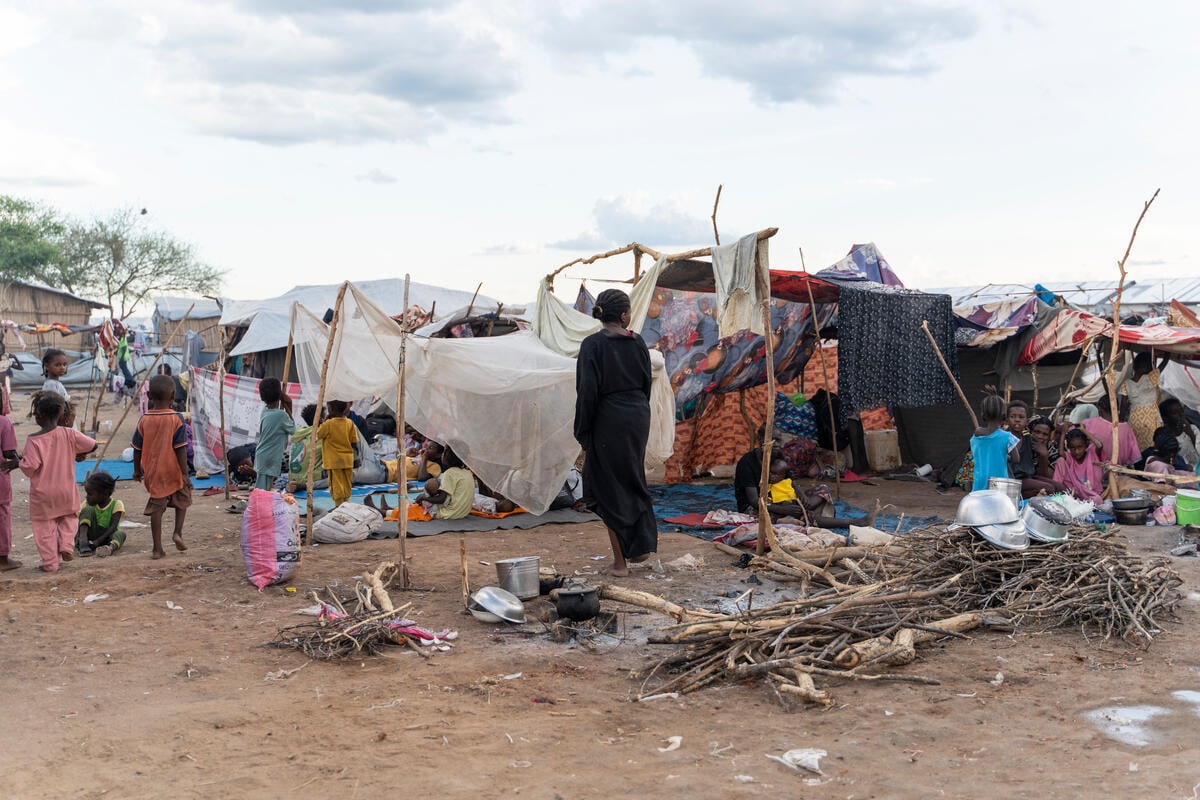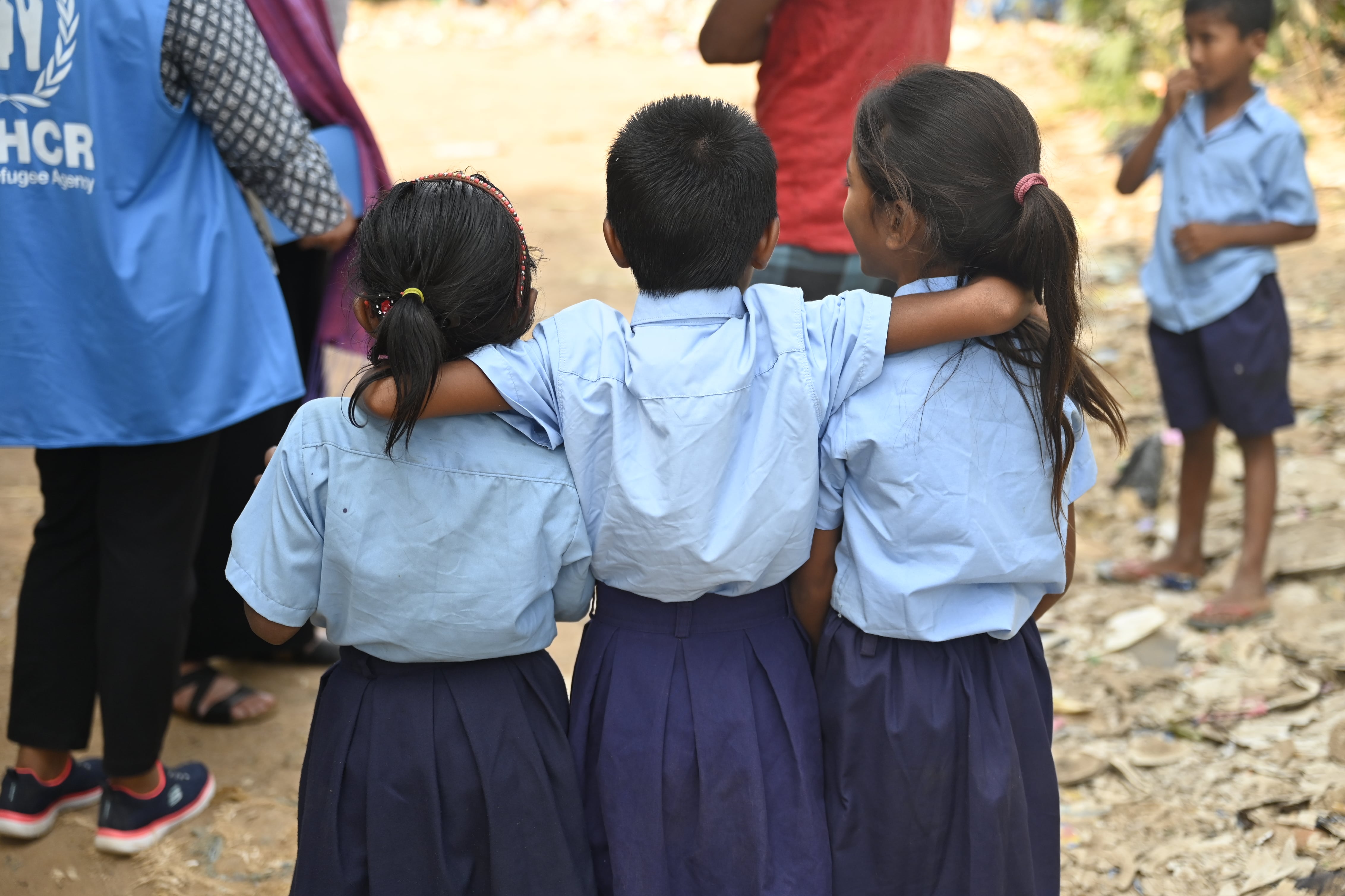UN Refugee Agency marks 73 years of the Refugee Convention, urging universal accession
UN Refugee Agency marks 73 years of the Refugee Convention, urging universal accession

This Sunday, 28 July, marks the 73rd anniversary of the 1951 Refugee Convention, the cornerstone of refugee protection which has saved and protected the lives of millions of people around the world fleeing war, violence, persecution and human rights violations.
The Refugee Convention and its 1967 Protocol establish the internationally recognized definition of a refugee and the rights and assistance they are entitled to while displaced. Millions of people around the world continue to receive protection owing to the principles these treaties enshrine.
At the heart of the Refugee Convention is the customary law principle of non-refoulement, which prohibits a State from returning someone to a place where their life or freedom would be threatened.
Important regional refugee instruments such as the 1969 OAU Convention, signed by many African States, and the 1984 Cartagena Declaration from the Americas, complement the Refugee Convention and have built upon its refugee definition.
To date, 149 States worldwide have acceded to the Refugee Convention and/or its 1967 Protocol. They are set out in a new Refugee Treaty and Legislation Dashboard (RTLD), recently launched by UNHCR, which captures developments on international and regional refugee instruments and national legislation.
Ahead of the anniversary, UNHCR – as the guardian of the Refugee Convention – is urging the remaining 46 UN Member and Observer States to accede to it.
An increase in the number of accessions to the Refugee Convention was observed in the latter part of the last century, particularly in the 1960s, early 1980s and 1990s. Since 2000, 13 States have acceded to it – with the most recent being Nauru in 2011 and South Sudan in 2018. More commitment to the Refugee Convention is still needed, in particular among States in Asia and in the Middle East, as well as in the Caribbean and the Pacific.
Accession to the Refugee Convention not only evidences a State’s willingness to protect refugees in accordance with international legal obligations, it can also help avoid friction between States over refugee issues, recognizing that the granting of asylum is a peaceful, humanitarian and legal act, rather than a political or hostile gesture.
It can also help foster cooperation and the sharing of refugee protection responsibilities between States, strengthening predictability and accountability at the international level. It is a signal of support for the principles of multilateralism and international solidarity that underpin refugee protection.
With 43.4 million refugees currently protected in countries across the world, today’s global displacement situation is testament to the enduring relevance of the Refugee Convention and regional refugee law.
As long as new conflicts continue to erupt, prolonged ones fail to end, and people continue to be persecuted, there will be a need for these legal instruments.
In addition to promoting universal accession of the Refugee Convention, UNHCR is calling on all States to give effect to the principles of refugee law, including to protect the fundamental right of all people to seek and enjoy asylum, and to uphold and protect the human rights of those forced to flee.
For more information on this topic, please contact:
In Geneva: Shabia Mantoo, [email protected], +41 79 337 76 50
Notes:
Access the Refugee Treaty and Legislation Dashboard (RTLD).
Based on its specific mandate under international law to promote international refugee law instruments and supervise their application, UNHCR developed the dashboard to provide the latest information on the global protection environment for refugees in more than 200 UN Member and Observer States and territories. It is designed to assist law and policy makers, legal practitioners, civil society, academics, researchers, international and regional organizations and other stakeholders in analyzing laws relating to refugees.
It compiles information on core international legal instruments for the protection of refugees, tracking accessions and reservations to the Refugee Convention and its 1967 Protocol, and other regional refugee instruments, including the 1969 OAU Convention, the 1984 Cartagena Declaration on Refugees, and the application of the Common European Asylum System. The dashboard also provides information on national legal frameworks relating to the protection of refugees, including primary legislation and secondary instruments.
Together with the IDP Law and Policy Dashboard it is the first public component of UNHCR’s Rights Mapping and Analysis Platform (RiMAP), set to launch globally as a public web application in late 2024.
Read more about why and how to accede to the Refugee Convention and its 1967 Protocol and why and how to withdraw reservations.



